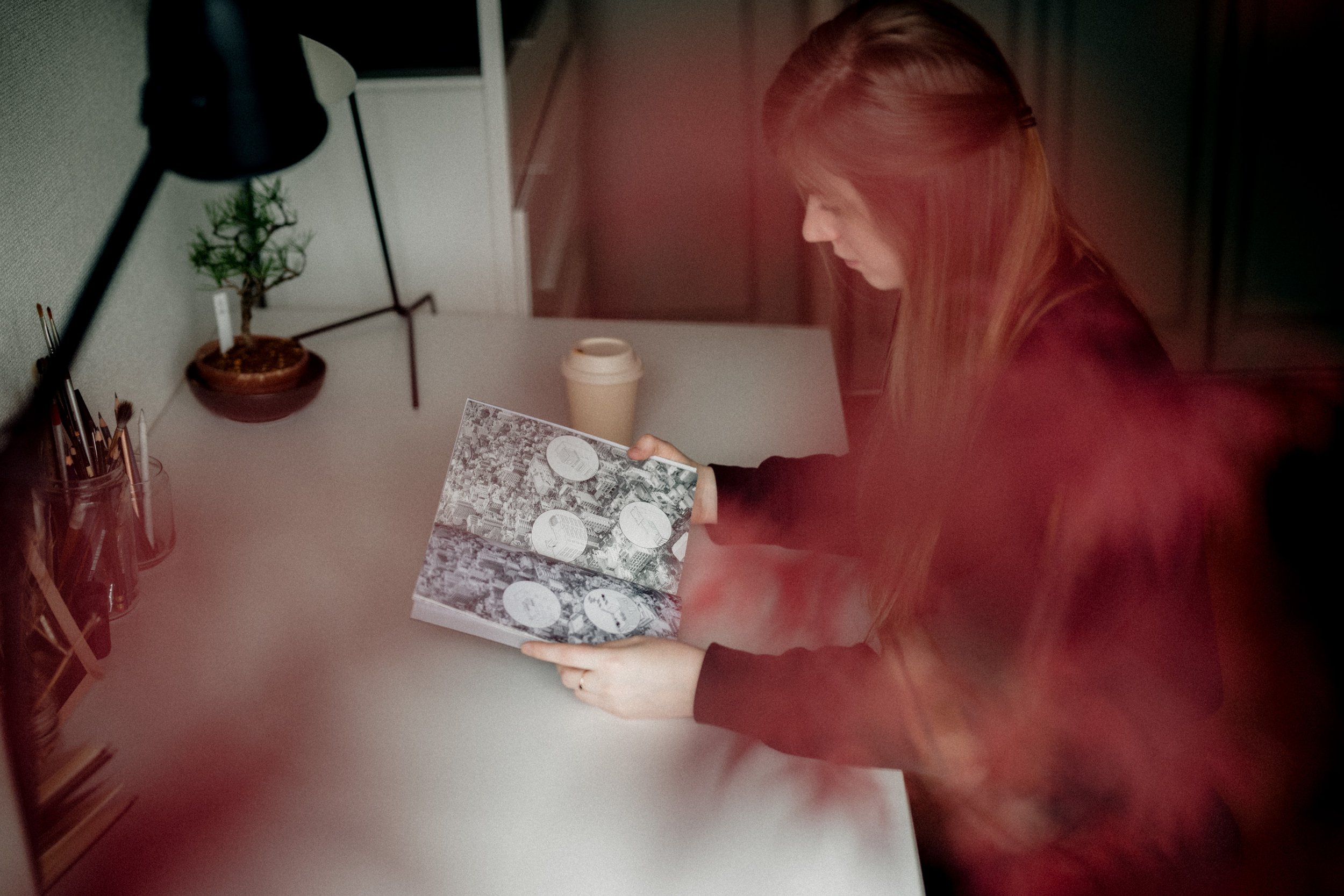
Veronika Ikonnikova - Environmental Aesthetics
Veronika Ikonnikova is an architect and artist whose passion for environmental beauty has been a lifelong driving force.
With a natural talent for illustration, photography, writing, and videography, she explores the aesthetics of urban and natural environments.
Origins
As an architect by training, Veronika's interests and work have expanded beyond the confines of her education. She has always been passionate about aesthetic and visual harmony, including architecture as well as visual and graphic elements. From a young age, she found herself seeking beauty everywhere, even when confined to disharmonious or depressing surroundings.
As Veronika was completing her architecture degree and starting to get her first professional experience in her hometown, she felt a strong desire to study abroad and explore more of the world and the profession. Japanese design and architecture, in particular, stood out to her because of their distinct character and pursuit for beauty. She was drawn to the minimal and creative use of space in contemporary Japanese architecture and felt a strong urge to learn more about it.
To immerse herself in the culture, Veronika started learning the Japanese language and eventually discovered a master's program at the University of Tokyo specifically for international students. Despite her doubts, she applied and was accepted with a scholarship. This opportunity allowed her to make the move to Tokyo, which has been the best thing that has happened in her life.
Veronika has always dreamed of experiencing life abroad, and moving to Tokyo has been instrumental in fulfilling her desire to explore the world and expand her horizons.
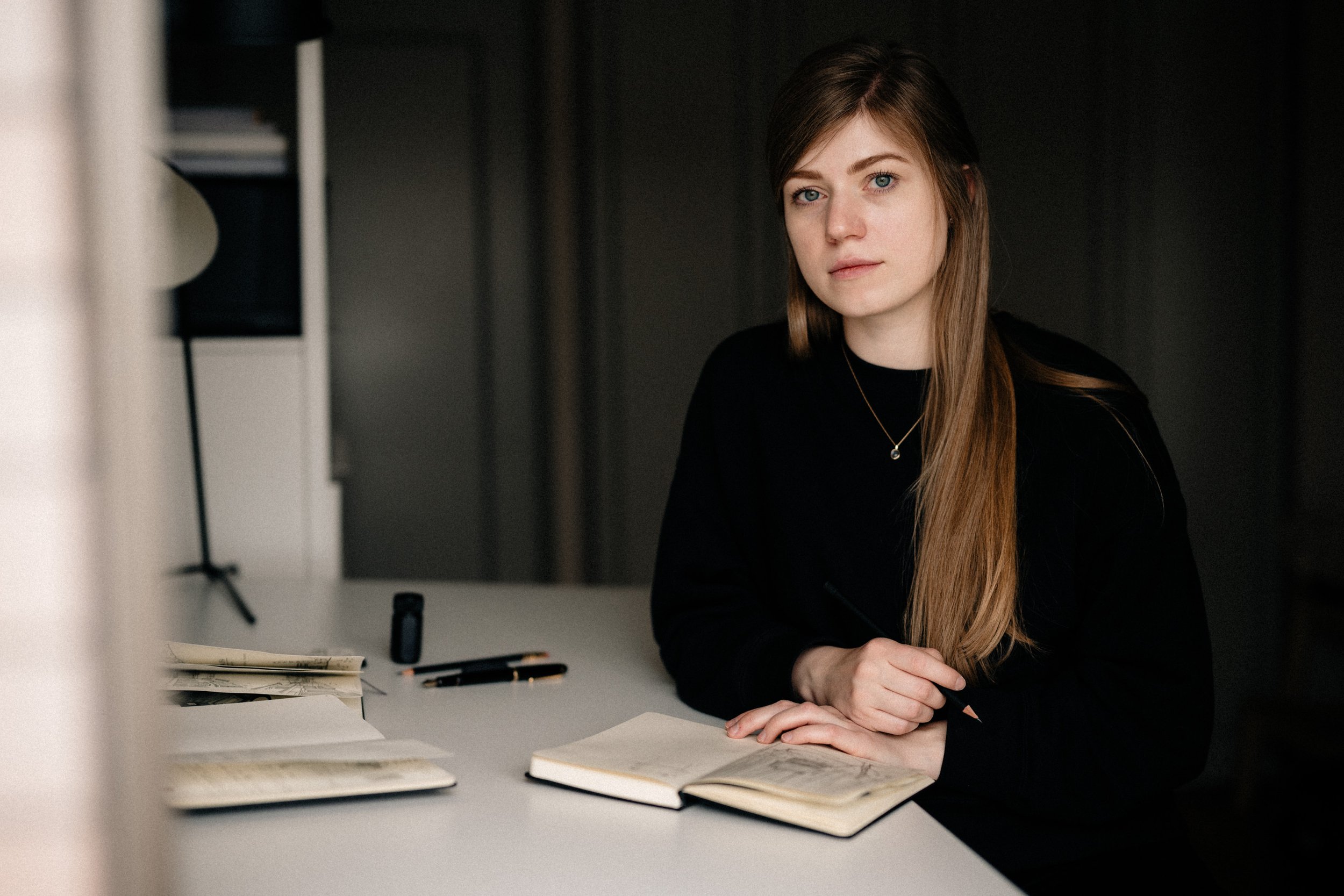
Video - About Rooftop Urbanism
Tokyo + Rooftop Urbanism
During the two years of her master's program, Veronika experienced a truly fulfilling time in her life. The schedule was open, and although there were university-related obligations, she enjoyed a certain degree of freedom. Coming from a year and a half of a highly technical, rigorous job, this felt like a second chance for her to explore her creativity and develop her visual language and architectural thinking.
Veronika wanted her thesis to be interesting and potentially turn into a book, so she chose to research rooftop urbanism, a project that studied rooftop spaces in Tokyo. She was captivated by the city's unique spatial qualities, a stark contrast to the more regular European environment she was used to. I remember her talking about searching for a thesis idea, and it was during a visit to the Ginza 6 rooftop that she realized how the rooftops formed a landscape of their own. She envisioned connecting them with small bridges or staircases and started exploring and mapping the various rooftop uses in Tokyo.
Her thesis argued that unused rooftop spaces could be utilized for various functions, given the density and expensive nature of land in Tokyo. She went on to propose designs for additional structures on empty rooftops. Her research allowed her to explore the city, visit different rooftops, take photos, and sketch various scenes.
In the process, Veronika discovered a passion for graphic design and illustration. She created hand-drawn illustrations for her thesis, which also included photographs, interviews with people who had interesting rooftops, and diagrams depicting potential rooftop interventions. The final product was a visually appealing and detailed thesis book, which she sometimes thinks about publishing.
The project remains something she's genuinely passionate about and proud of.
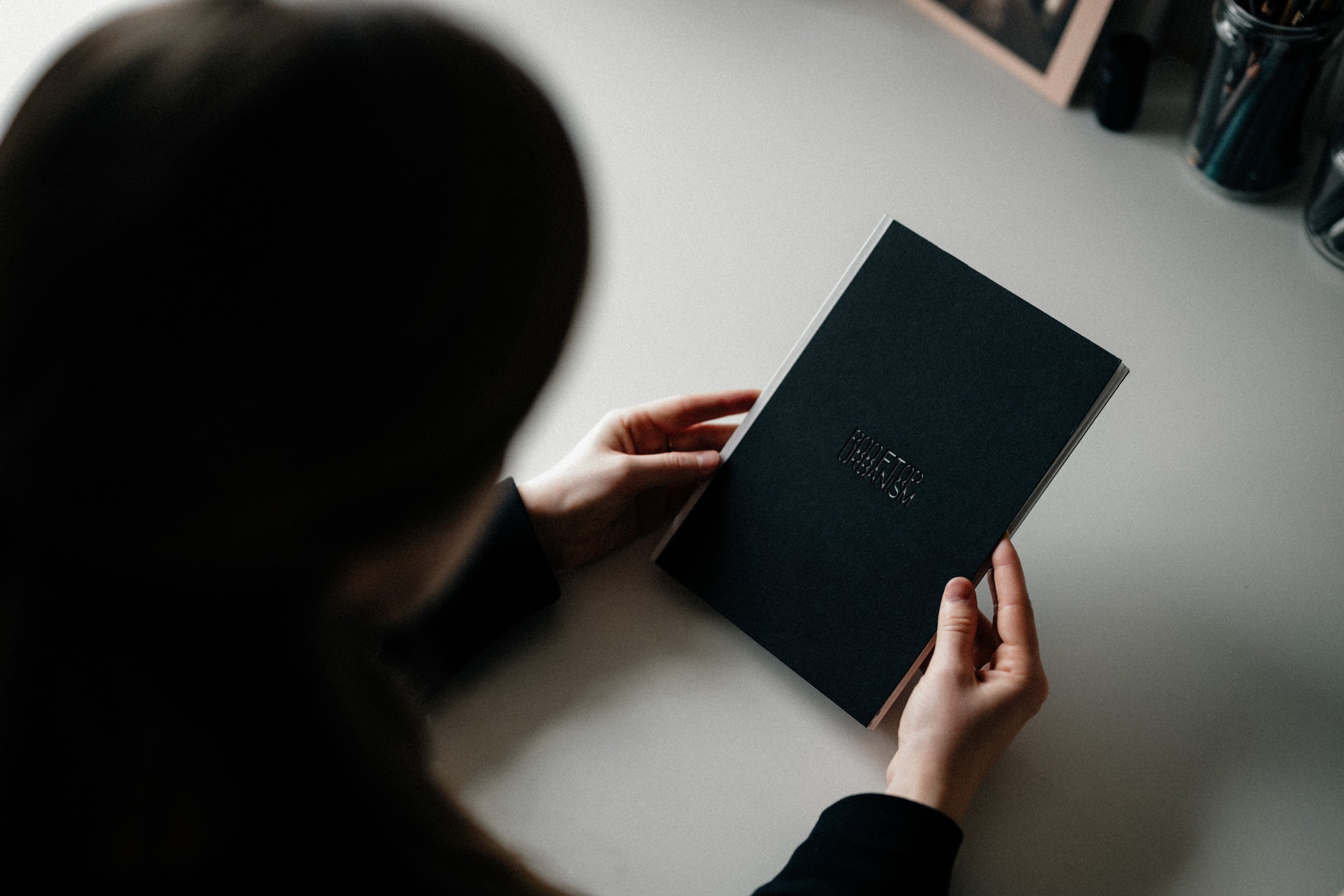



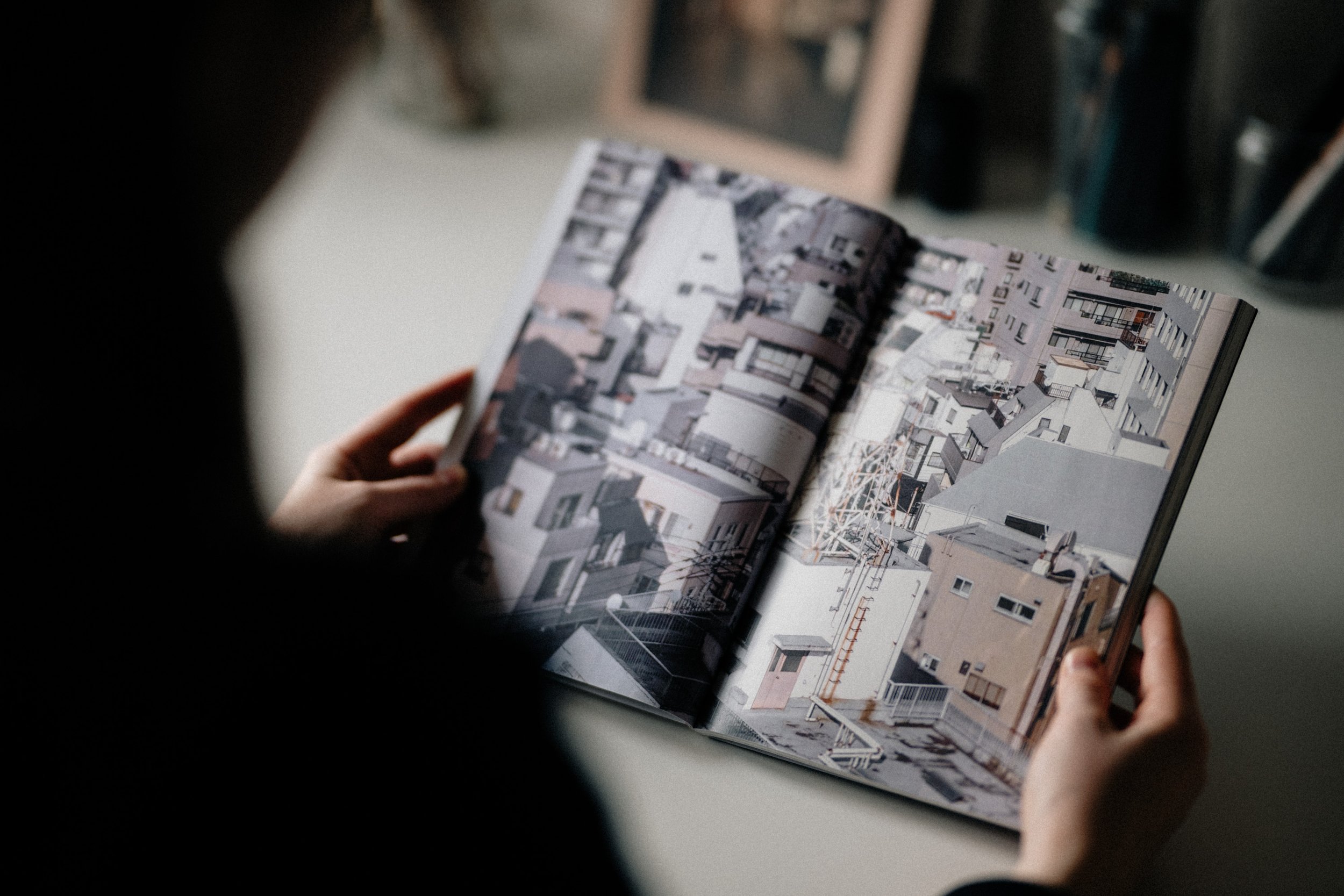
Decisions, decisions
After graduation, she felt she was not done with Japan. Torn between pursuing architecture or illustration professionally, she finally chose architecture, or at least give it a good try after such a long road to get where she was.
She tried interning at smaller ateliers, hoping for a more creative work environment, but it was not what she expected. After a while, she finally joined a well-known larger firm, Kengo Kuma & Associates, where some of her friends and acquittances were working already
As her digital drawing skills improved, her work started getting noticed by her colleagues, helping her network within the company. She continued to work and draw throughout her first three years of employment.
The first year at a full-time demanding job was tough, but when the COVID pandemic hit in 2020, and everyone shifted to working from home for a while, it gave her some more time and space to focus on her illustration passion.
As her illustration skill improved, her work started getting noticed online, as well as by her colleagues. She continued to work and draw as much as she could throughout her first few years of working in the architecture office.



Dream Walks & Drawing Attention
In 2021, Veronika decided to create an art book that combined her works up to date. She noticed people were interested in not just individual prints, but also in seeing her process. The book features a mix of completed art pieces and process sketches, giving readers a glimpse of her thinking and the stories behind each illustration.
She was captivated by the atmosphere in Tokyo and found inspiration in the diverse buildings, weather, and interesting light. For example, she was struck by a strong reflection of the sunset light on a glass façade near Yoyogi. Veronika wanted to capture those fleeting, abstract moments that she experienced during her walks in Tokyo.
In 2020, we had a memorable day in Tokyo, when it was snowing while the sakura was already blooming, a scene that inspired one of her illustrations. Veronika's artwork captures the feelings and personal moments that she experienced in the city. She experiments with different styles, inspired by other artists and while developing her own expression.
Recently, Veronika contributed to a book published by the Royal Institute of British Architects (RIBA) called "Drawing Attention." The book focuses on drawing in the age of social media and features 20 artists sharing their techniques and processes. Veronika's work was included, and she was recognized her way to merge artistic expression with a prominent architectural influence.
Looking ahead, Veronika is interested in creating more media about Japanese architecture and environment. She envisions making videos and eventually writing a book on Japanese aesthetics, with a heavy emphasis on the aesthetics of the environment. Veronika wants to share the beauty and uniqueness of Japan with those who are interested in the country, delving into the background of its religion, philosophy, beliefs, customs, and architecture. Her goal is to create a holistic narrative that encompasses various aspects of Japanese culture, including the small statues, wrapping of sweets, and other details that contribute to the special and precious nature of Japan.
While balancing her architectural career and artistic pursuits may continue to be a challenge, Veronika remains passionate about capturing the essence of Tokyo and Japan's unique aesthetics. As she moves forward, she aims to use her work as a platform to share her perspective and knowledge with others who are drawn to the beauty and intrigue of Japanese culture.

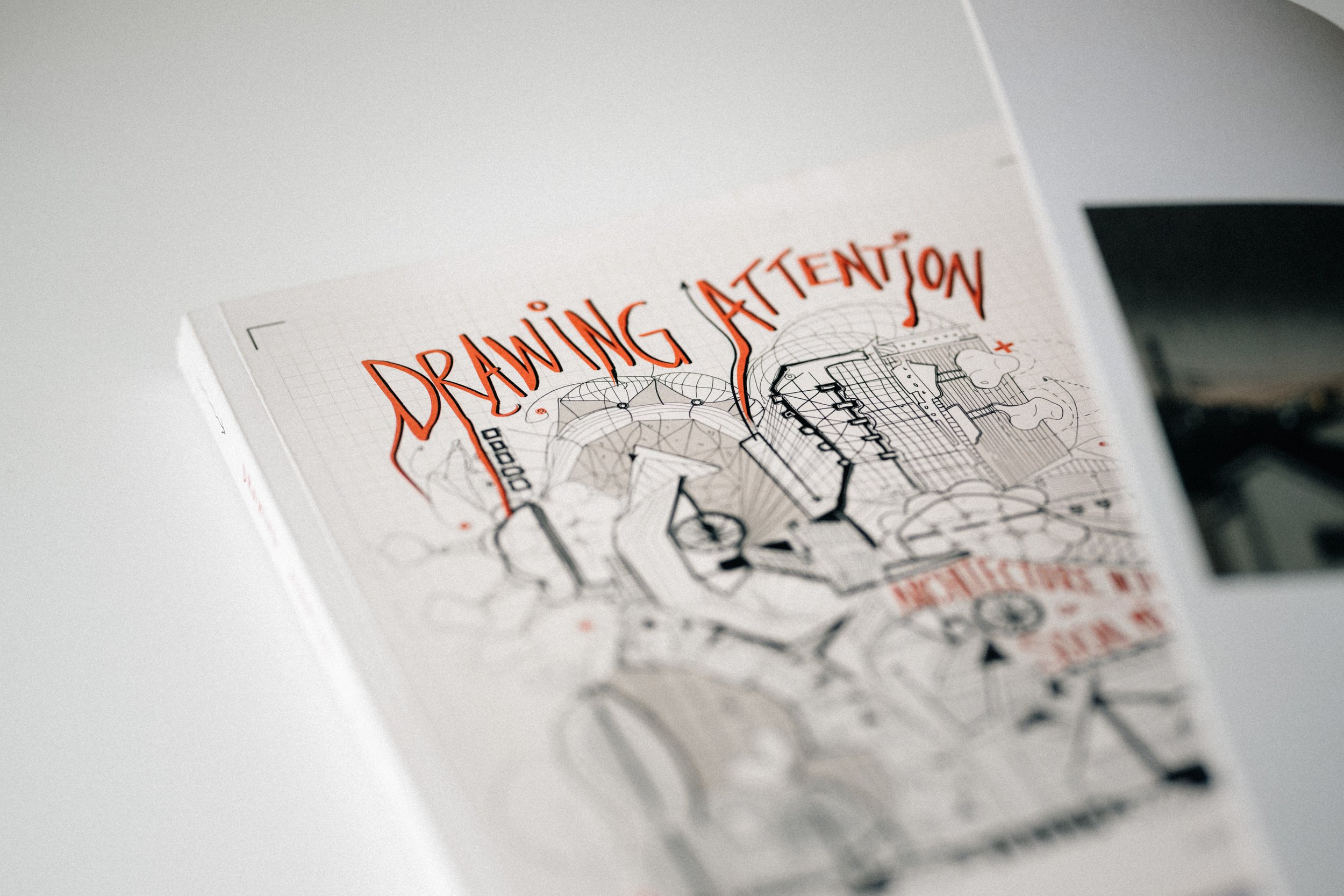
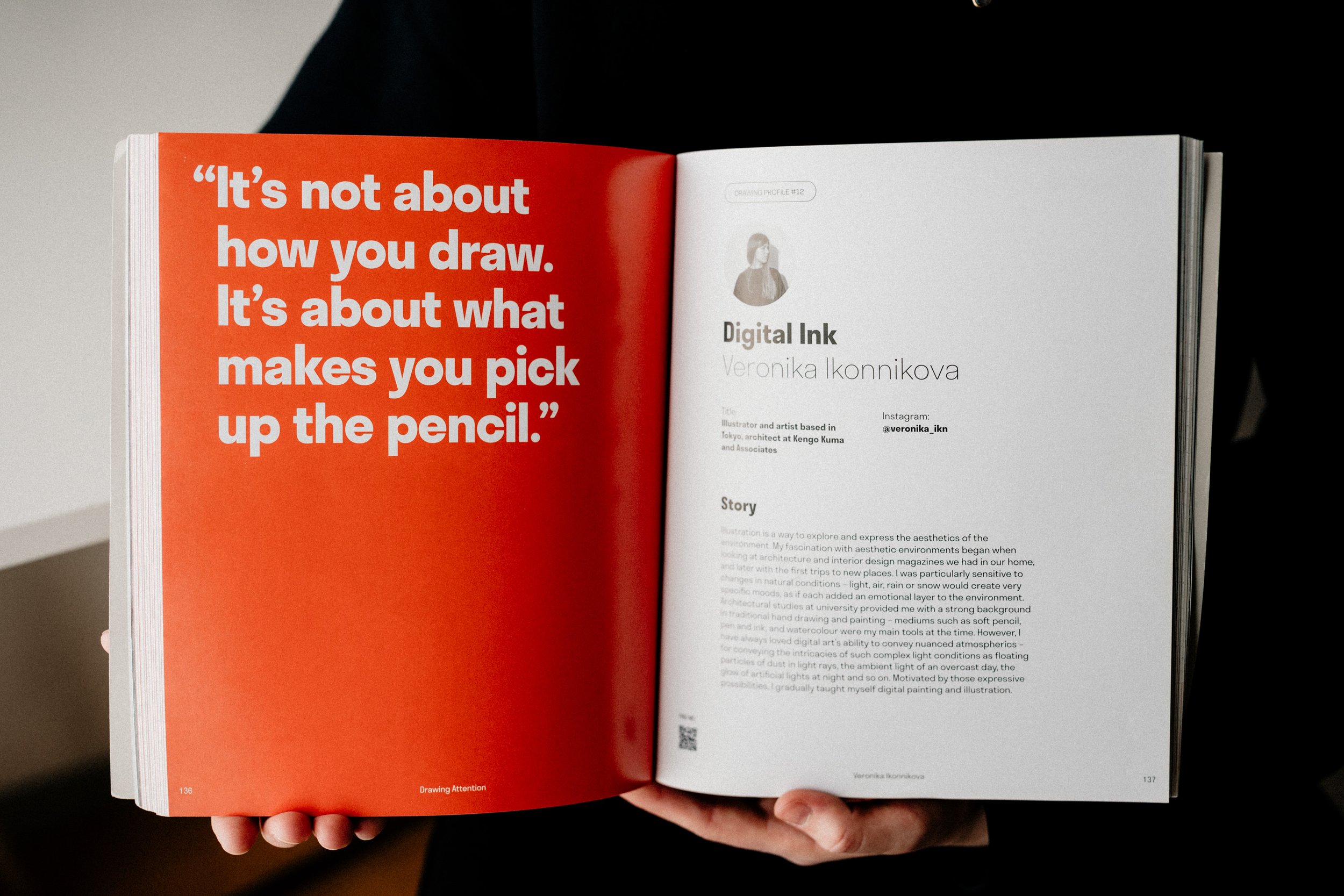
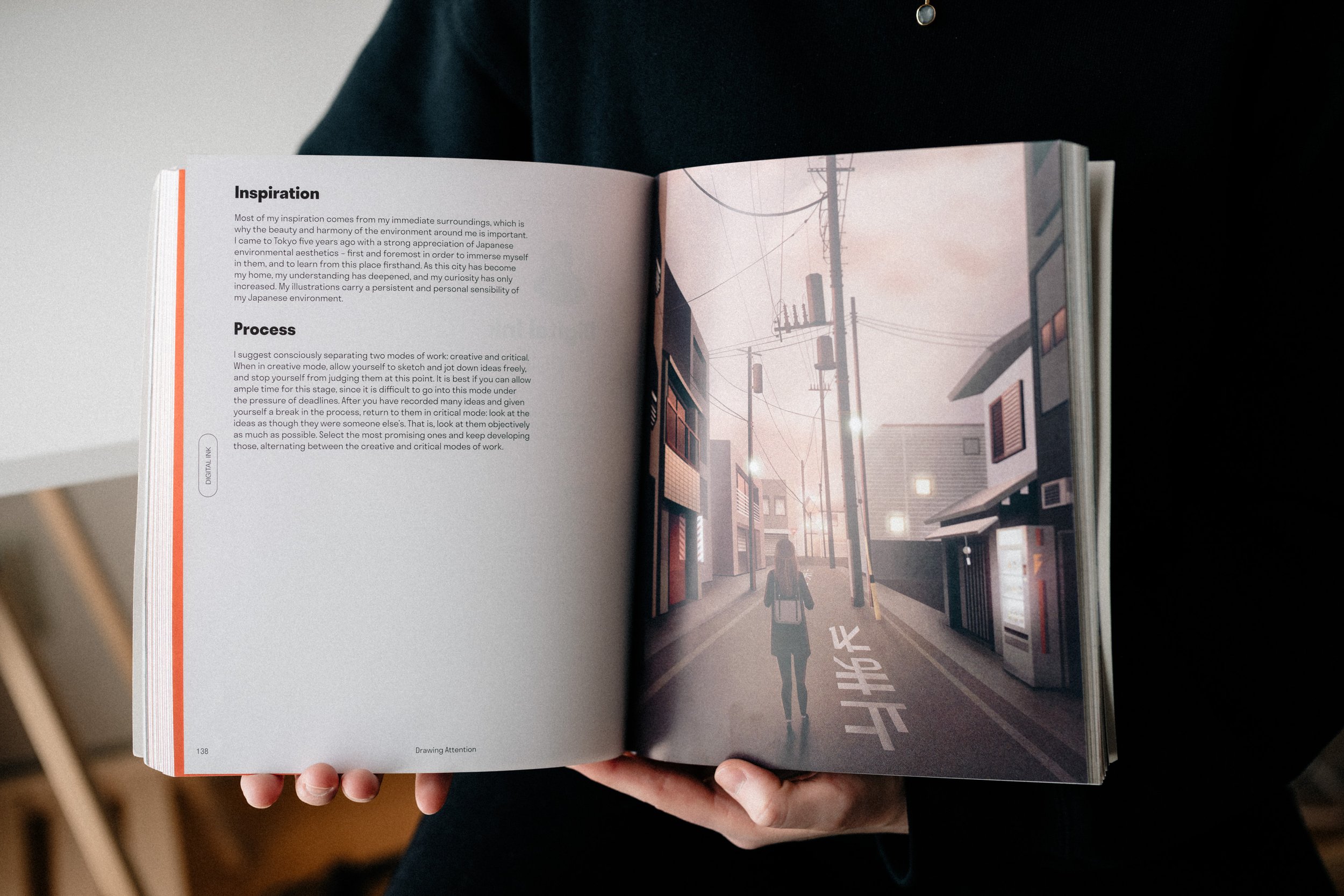
War hits home
On 24 February 2022, Russia launched a full-scale invasion of Ukraine. Veronika's own experience of it was definitely life-changing in many ways. When it happened, she felt a strange and powerful mixture of emotions. Perhaps more than anything, she felt a lot of guilt for being far away, and living abroad during such trying times. She knew that many people had it worse, suffering directly from the war, losing their lives or being injured. She didn't allow herself to complain about her own struggles, but she felt deeply impacted by the disaster and for a while couldn't conjure up inspiration for her creative work as before.
For some time, Veronika found it difficult to think and talk about anything other than the war, and the constant focus on politics and conflict took a toll on her. As a result, for a while she lost the connection with her identity as an artist. She was supporting her family and friends, donating, and engaging in activism. Pressed by the urgency of the situation and having already donated a large amount of her own savings, she started a fund-raiser through her art page, in order to raise more money for donations for Ukraine. She was able to raise a good amount thanks to the support from the people who followed her work, which she later forwarded to humanitarian organizations, friends in need, and friends in the military.
However, after several months of such draining full-time pursuit she quickly felt burnt out.
During this period, Veronika felt stuck in a strange in-between phase filled with negative feelings and a lack of the usual creativity, which is so vital to her. She tried to express her feelings through a series of illustrations without speaking too directly about the war. Her art had never been political before, so this was a big step for her. She hoped to show her perspective without depicting dead people or burning cities, focusing instead on her personal experiences of someone who happened to be far away from home, when the disaster hit and started unfolding as a scary movie in real time through social media.
Overall, the experience has had a significant impact on Veronika's life and her art, forcing her to navigate new paths and find ways to cope with the hardest challenges and questions she has ever faced.
Evacuation
When the war started, and as the Russian invading troops were attacking her hometown, Veronika faced the challenging task of evacuating her family from Kharkiv due to the fear of continued Russian attacks. Her family consists of her mother, an 86-year-old grandmother, and a dog. The decision to evacuate the family was driven at large by the health concern for her elderly grandmother, who had to endure more than a week in a cold, damp bomb shelter in their apartment complex.
Built in 1954, shortly after World War II, the apartment complex had real bomb shelters underneath it, a feature that Veronika never thought they would need to use. Fortunately, since March, her family has been staying in Bratislava, Slovakia, where they have adjusted well. Veronika's mother, although in her late 40s, has managed to learn the language and find a job, enabling them to support themselves and adapt to a new environment
Their apartment in Kharkiv remains mostly undamaged, apart from some shattered glass in the apartment complex due to a rocket missile hitting a nearby building. However, they had to leave behind most of their personal belongings, including sentimental items like family photographs, old drawings, and notebooks. The uncertainty of the ongoing situation is making it difficult for Veronika and her family to plan for the future. While her family longs to return home more than anything, they understand that it might be a little too early, and they must continue to deal with the situation day by day, in a sort of state of limbo
Despite all the challenges, Veronika remains grateful for all the support she has received from people who were interested in her art. She believes in doing her best in the meantime, focusing on supporting her family and circle of friends, and constantly hoping for a positive resolution as soon as possible.
If you’re interested in her work, you can find the links below to her social media channels, studio and store pages.



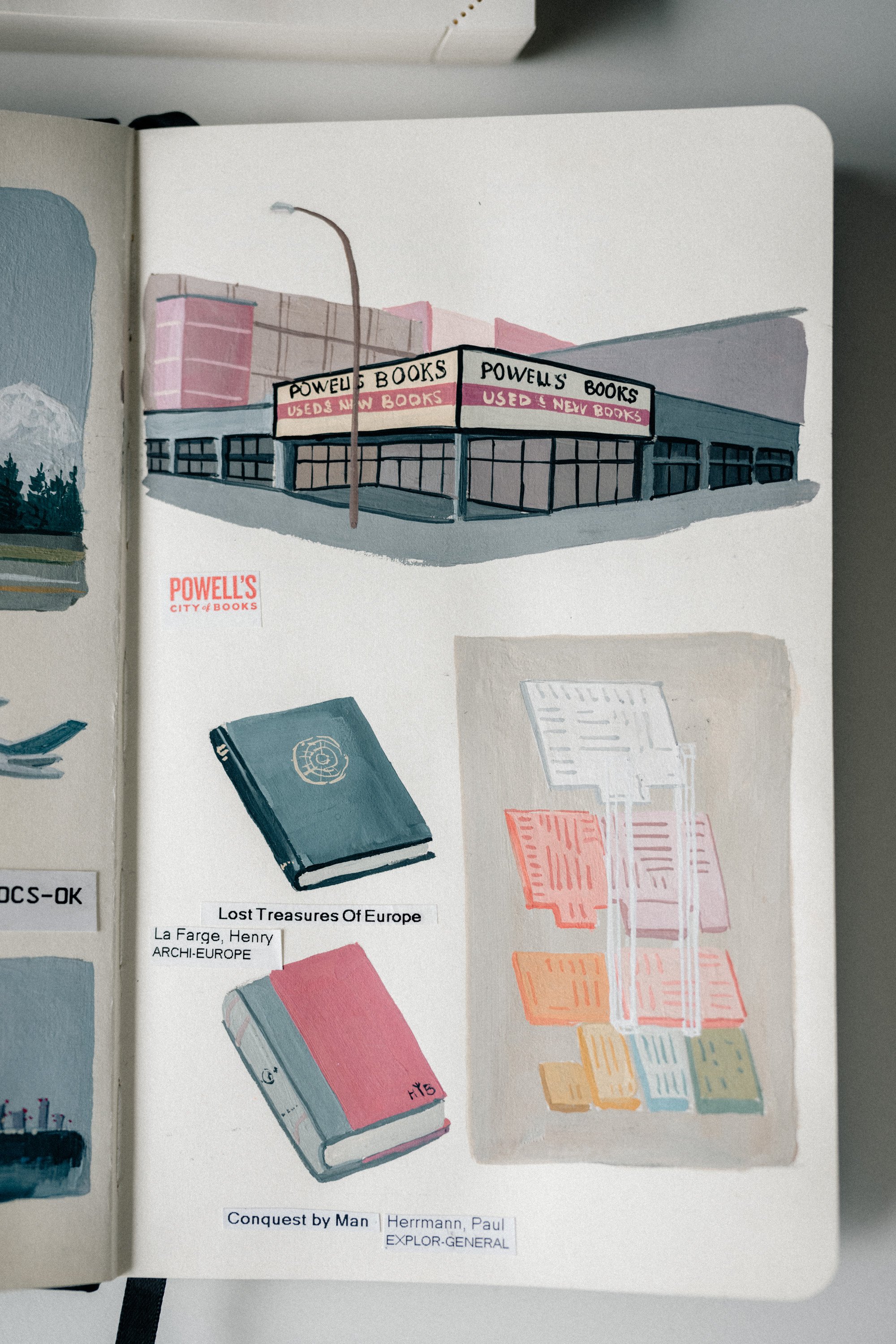

About State of Tokyo
Thank you for your dedication to reading this far, and I'm grateful for your interest in this project.
My name is Alex Abian, a Photographer and (aspiring) writer based in Tokyo. State of Tokyo is born out of my deep passion for showcasing the fascinating people and places I've encountered along my journey.






